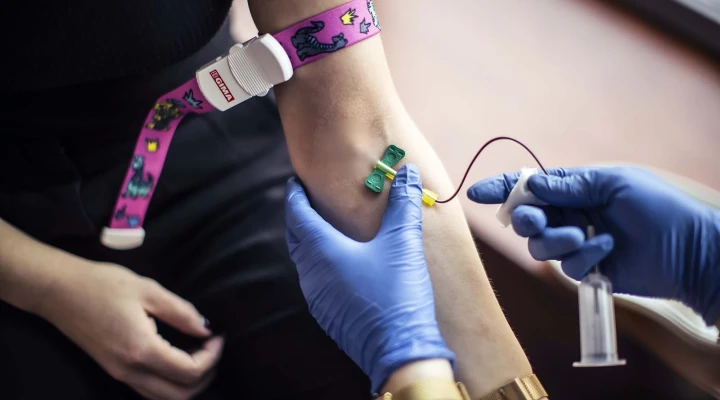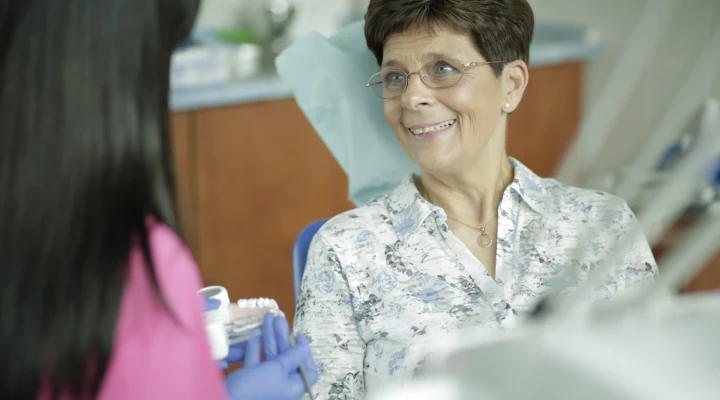Babies can have increased tearing and crusting of the eyelids, especially after a nap or early in the morning. The extra mucus may come and go, becoming worse with upper respiratory infections or in cold and windy weather.
The tear duct’s job is to drain tears through a set of tiny tubes that run from the corner of the eye to the back of the nose. When we blow our noses after crying, it is because some of the tears have drained into this canal. The duct can become plugged, and all the sleep and tears overflow onto the eyelashes.
If the white part of the baby’s eye is not red, infected, irritated – then all that needs to be done is wiping the mucus away with clean, wet washcloth. Some doctors suggest the tear sac be massaged. Antibiotic drops are only necessary if the eye looks infected: infected conjunctiva, swollen lids and tissues around the eye or copious discharge that is present all day.
90% of nasolacrimal duct obstruction resolves on its own by 6 months of age.
Speak to a pediatric eye doctor to consider probing the duct if it is still troublesome after 6 to 12 months of age. This involves opening the obstruction with a very thin instrument.
Contact a pediatrician if the infant with a plugged tear duct:
- Spikes a fever
- Develops a tender limp near the corner of the eye
- Gets red, swollen tissues around the eye
- Has increased blood vessels in the eye, pink eye





